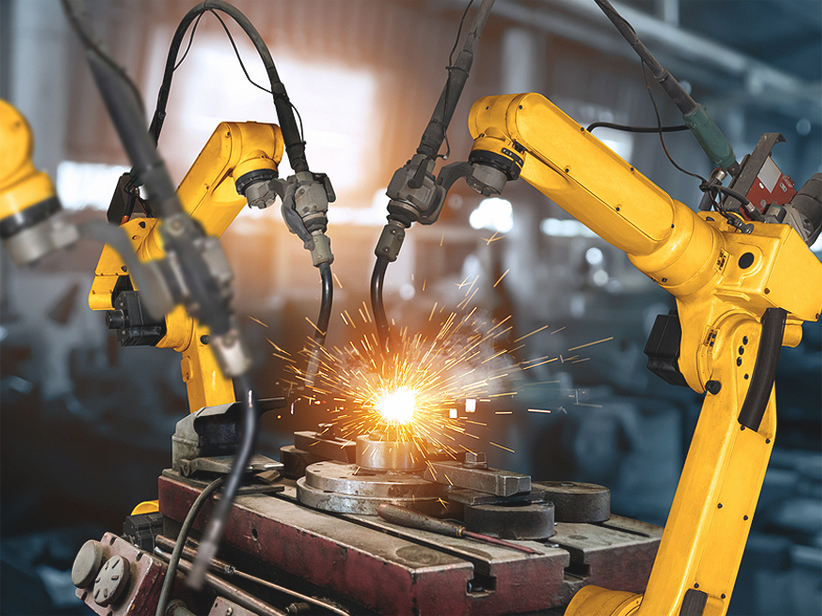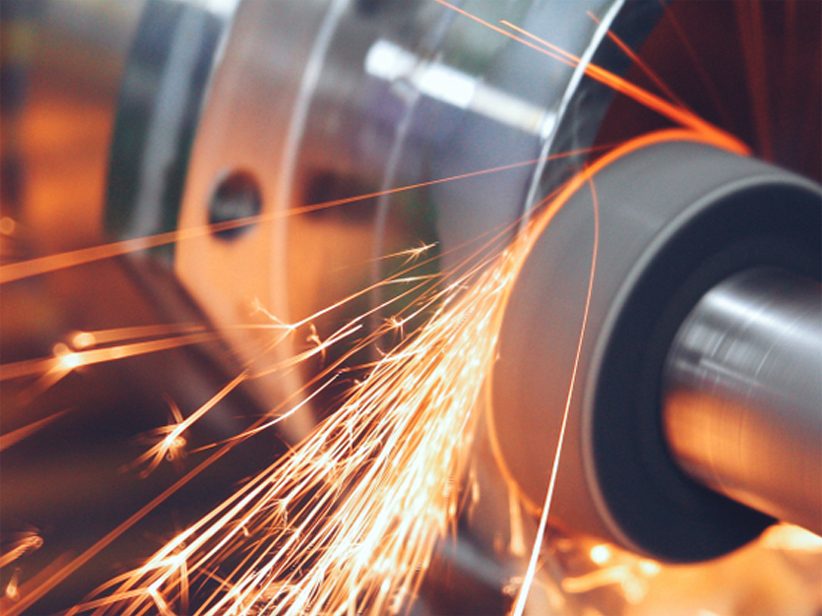Stainless Steel - Grade 430Ti (DIN 1.4510)
Description
Stainless Steel Grade 430Ti (DIN 1.4510) is a stabilized ferritic stainless steel that offers excellent corrosion resistance and improved weldability compared to standard 430 stainless steel. The addition of titanium in 430Ti serves as a stabilizing element, which prevents the formation of chromium carbides, thereby enhancing its resistance to intergranular corrosion. This grade is particularly suitable for applications that require good formability, high-temperature oxidation resistance, and moderate strength.
Chemical Composition
The typical chemical composition of 430LNbTi includes:
- Carbon (C): ≤ 0.08%
- Chromium (Cr): 16.0 - 18.0%
- Manganese (Mn): ≤ 0.70%
- Silicon (Si): ≤ 0.80%
- Sulfur (S): ≤ 0.015%
- Nickel (Ni): ≤ 0.5%
- Phosphorus (P): ≤ 0.040%
- Titanium (Ti): : 5x(C + N) min. – 0.75%
Mechanical Properties
- Tensile Strength: 430 - 630 MPa
- Yield Strength: ≥ 280 MPa
- Elongation (in 50 mm): ≥ 18%
- Hardness: ≤ 85 HRB (Rockwell Hardness, B Scale)
Thermal & Physical Properties
- Density: 7.7 g/cm³
- Melting Range: 1425 - 1510°C
- Thermal Conductivity: 26.0 W/m•K at 100°C
- Coefficient of Thermal Expansion: 10.5 x 10⁻⁶/K from 20°C to 200°C
- Specific Heat:460 J/kg•K at 20°C
- Electrical Resistivity:600 µΩ•cm at 20°C
Other Designations
- UNS: S43036
- DIN: 1.4510
- EN:X6CrTi17
- JS: SUS 430Ti
- BS: 430S17
Fabrication and Heat Treatment
- Forming: Exhibits good formability and can be easily shaped into complex components. Cold working can increase strength and hardness.
- Welding: 430Ti is readily weldable using conventional techniques such as TIG and MIG welding. The addition of titanium prevents weld decay, making it a suitable choice for welded structures.
- Annealing: Solution annealing is performed at temperatures between 800 - 850°C followed by air cooling. This treatment relieves stress and enhances ductility.
- Machining: Comparable to standard 430 stainless steel, 430Ti is relatively easy to machine. The use of cutting oils is recommended to reduce tool wear.
Applications
This grade is commonly used in:
- Automotive: Exhaust systems, trims, and other components exposed to high temperatures.
- Architecture: Cladding, roofing, and structural components in corrosive environments.
- Food Processing: Equipment that requires corrosion resistance and ease of cleaning.
- Chemical Processing: Components exposed to moderately corrosive conditions.
- Household Appliances: Interior parts of dishwashers, washing machines, and other appliances.
Supplied Forms
- Coils
- Wires
- Bars
Features
- Enhanced Corrosion Resistance: The titanium stabilization provides superior resistance to intergranular corrosion, especially in welded structures.
- Good Weldability: Unlike conventional 430 stainless steel, 430Ti resists weld decay, making it suitable for applications where welding is required.
- Excellent Formability: Can be easily formed into various shapes, making it versatile for different applications.
- High-Temperature Resistance: Maintains strength and oxidation resistance at elevated temperatures, making it ideal for high-temperature applications.
- Magnetic Properties: 430Ti is magnetic in both annealed and cold-worked conditions, making it suitable for applications requiring magnetic properties.






